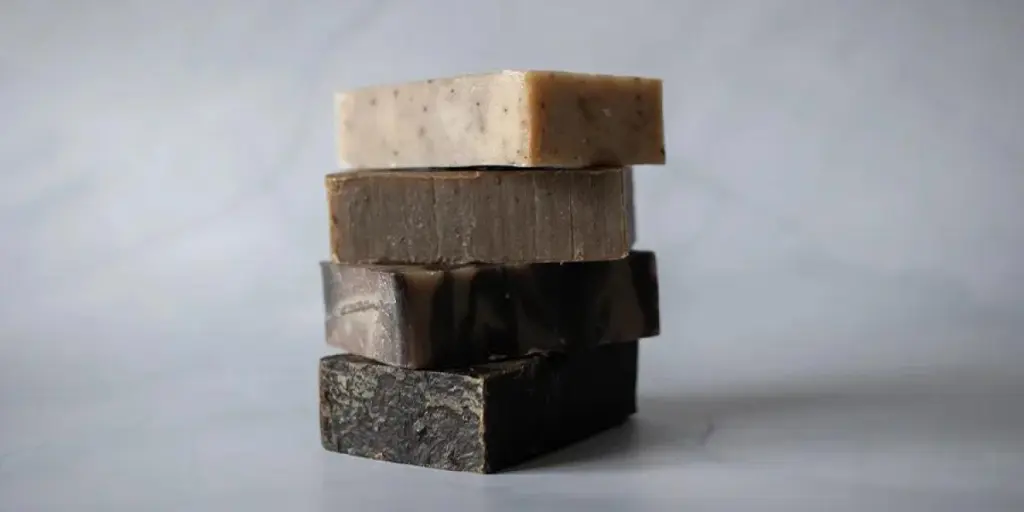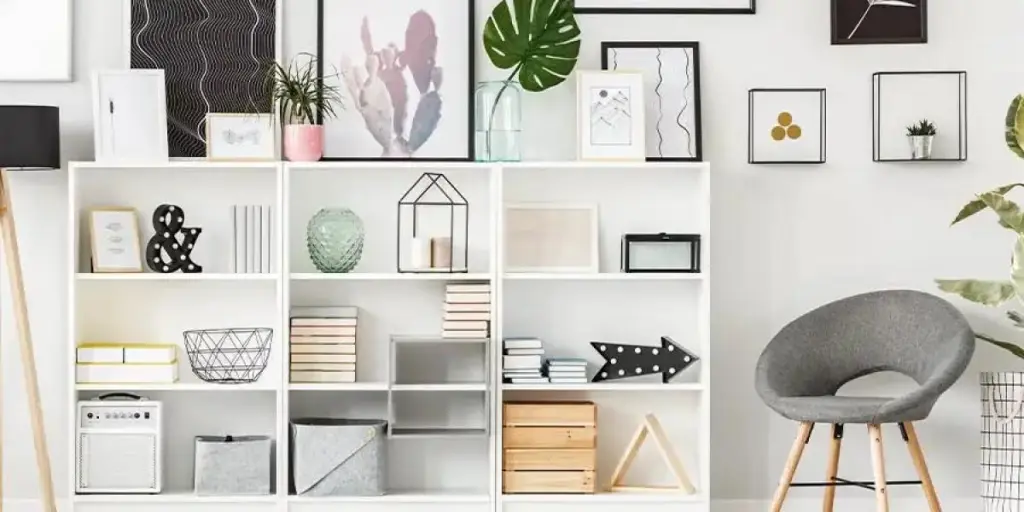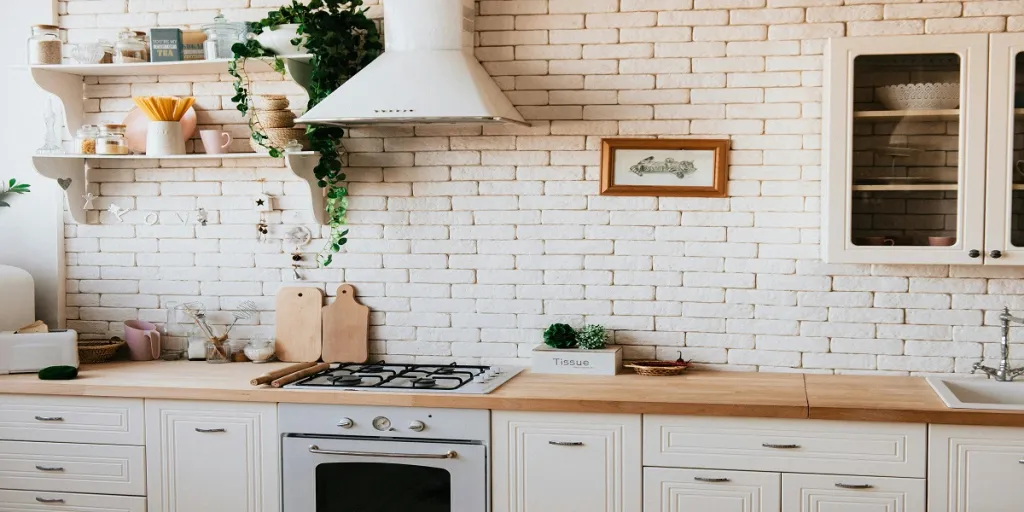One of the most important tools to have in the kitchen is a good bread knife. The blade needs to be sharp enough to cut through crusty loaves and soft pastries without tearing or crushing the item.
There are a lot of options available when it comes to bread knives, with varying blade lengths and serration types to consider. Keep reading to find out which factors buyers will look at the most when they’re choosing what bread knife to purchase.
Table of Contents
Global market value of kitchen knives
Key features of the bread knife
Serration type
Blade length
Handle grip
Blade material
Final thoughts
Global market value of kitchen knives

Over the past several years, the market has seen a rise in the number of people spending more time in the kitchen as well as taking up kitchen-based careers. This has led to a surge in demand for all types of kitchen accessories, especially kitchen knives. This includes bread knives, fruit knives, dinner knives, and more. Each knife design serves a specific purpose in the food-making process and is dishwasher safe, so consumers will want a collection of knives to have ready to use.
By the end of 2024, the global market value of kitchen knives grew beyond USD 14.5 billion. This number is expected to increase by a compound annual growth rate (CAGR) of 6.3% until 2030. This will bring the total market value up to approximately USD 16.5 billion by the end of this period.
Key features of the bread knife

Although a bread knife’s key function is to cut through bread and other soft pastries with ease, there are several features that buyers will want to look at. Bread knives should enhance the kitchen experience, so features such as blade material, blade length, and serration type are all very important.
According to Google Ads, “bread knife” had an average monthly search volume of 60,500 in 2024. Searches remained steady for much of the year, but there was a slight peak in January and February when they increased to 74,000 each month. This shows how high in demand bread knives are throughout the year.
Keep reading to find out more about the key factors to consider when purchasing a new bread knife for the kitchen.
Serration type

The serration type plays a big role in how effectively a bread knife can slice through textures. Which type of serration is chosen depends on what the knife will be used for. Wider knives with scalloped edge serrations will be more gentle on soft bread and reduce the likelihood of it tearing.
In comparison, smaller bread knives with pointed serrations can grip and cut through crusty or thicker loaves, making them the perfect choice for artisanal bread. Sharp serrations are key for all bread knives, especially chef’s knives, which will be used for a long time.
Blade length
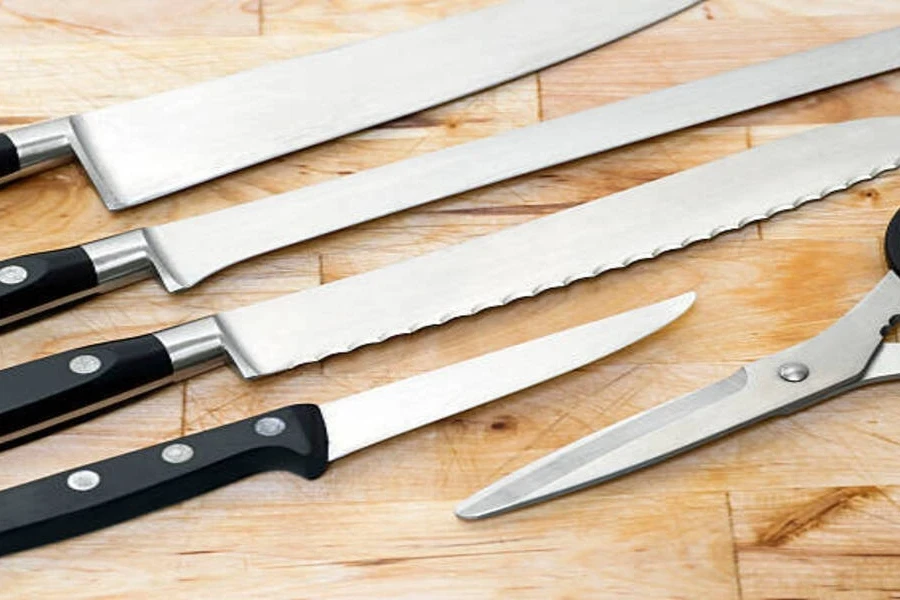
The majority of bread knives have a blade length that sits between 7 to 10 inches. The length of the blade can affect the versatility and slicing accuracy of the knife, which is why some kitchens will own more than one knife. A longer blade provides a smoother and more effortless cut, which is great for large loaves. On the contrary, smaller blades are better for bagels, pastries, and smaller bread as they offer more control thanks to the sharp edges.
Both types of blades offer smooth slicing with minimal pressure, so they should always be in stock for buyers who prefer different styles of bread knives. The tooth-like serrations can vary on these knives as well, depending on length.
Handle grip

Having the proper handle grip on a bread knife is essential for comfort and control. The majority of handles are made from plastic, wood, or composite materials, which all provide a secure and safe grip when cutting bread. The ergonomic handles help to reduce hand fatigue during extended use, which is a key feature for professional chefs. Having a well-designed handle will prevent slipping and increase precision when cutting through various types of bread.
Blade material
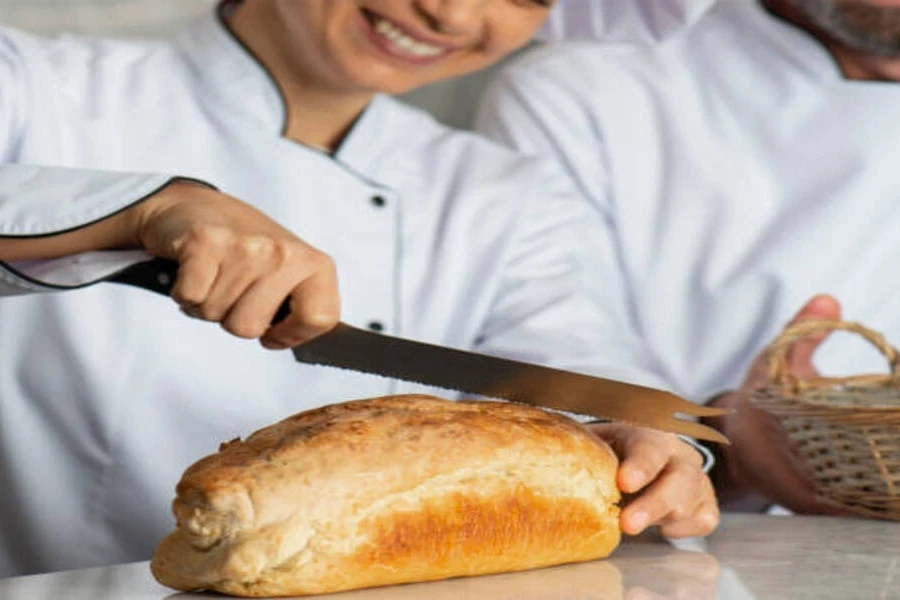
One of the most important features of a bread knife is the blade material. The material will determine the sharpness and durability of the knife, as well as the resistance to wear. The best choice for bread knives is high-carbon stainless steel, which offers supreme sharpness and long-lasting performance. Damascus steel is also a good choice for consumers looking for premium bread knives.
On the more affordable side, standard stainless steel is another great option, but these knives will require more frequent sharpening as they offer less quality.
Final thoughts
Choosing the best bread knife for the kitchen comes down to several important factors. The blade length, handle grip, blade material, and serration type will all be taken into consideration by customers as they look to enhance their overall cooking experience.
Buying a bread knife that’s high-quality will make cutting easier while extending the life of the bread by preserving its texture and shape. Bread knives are among the most valuable kitchen tools a person can own, and it’s always important that the cutting edge of the blade remains sharp and well maintained.

